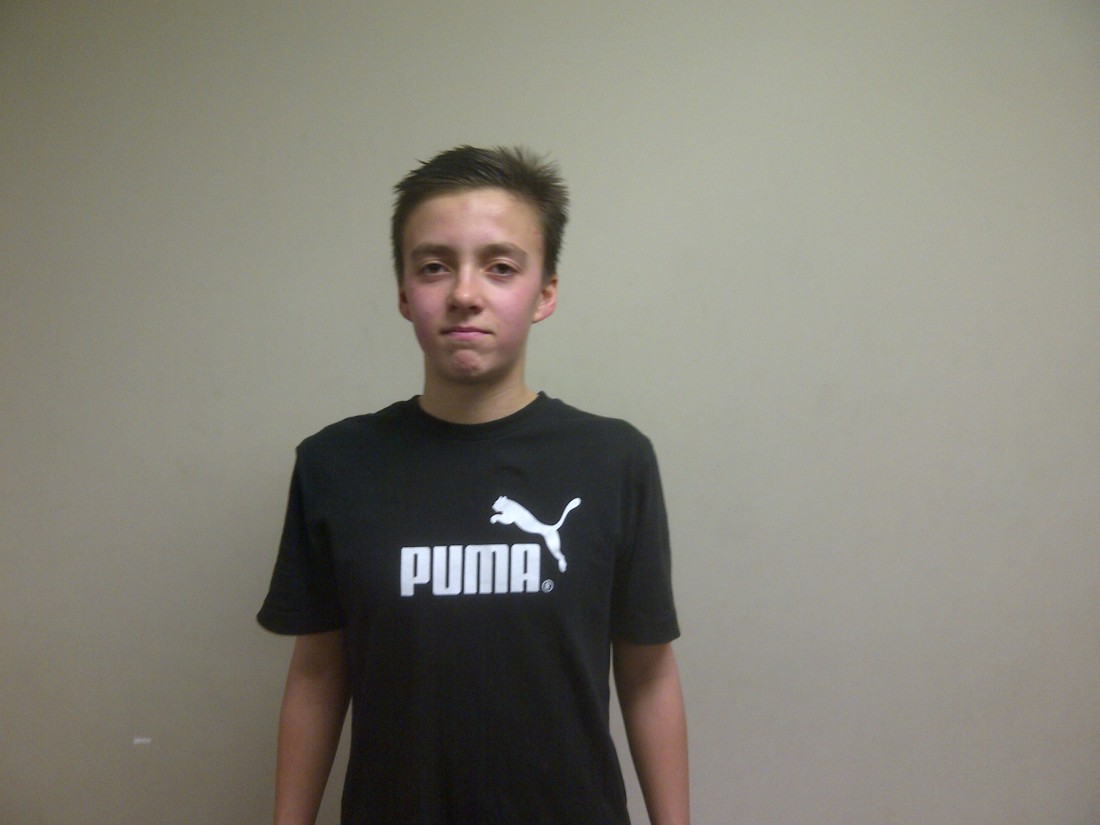Yesterday night I watched the opening match of the 2014 FIFA Women’s U20 World Cup, between Canada and Ghana, at BMO Field in Toronto. It was a great game and very exciting to see so many of the players I worked with as part of the Canadian Women’s U17 team 2 years ago at the World Cup in Azerbaijan, who have made it into the U20 squad this year.
In my opinion, Canada were outplayed by Ghana in the first half, but had more of the ball and created better chances in the 2nd half. The difference in the Canadian attack in the 2nd half, in my opinion, was made through the introduction of Nichelle Prince as a central striker. Among her qualities, Prince provided much needed depth and speed up front. She was able to create chances for teammates with runs at defenders and crosses, and she also produced Canada’s best scoring opportunity through her own shot on target.
Reflecting more on the game as a whole, it seems as though the players who performed best in the game (Prince, Ashley Lawrence in midfield, and Kadeisha Buchanan at centre back) are all very similar athletically. I know these players well, as all three were a part of the U17 team in Azerbaijan. They all have word class speed, and above average recovery ability (not the best recovery, but better than average for their age and gender). Lawrence’s speed and runs off the ball were the best part of Canada’s attack in the first half, while Buchanan’s quickness in tackling speed in her recovery runs defensively helped to keep the score line close throughout the entire game.
All of this got me thinking about the selection and training process of female players here in Canada. It was very clear from the Canada/Ghana game, based on the goal that was scored as well as the majority of chances that were created by both sides, that running speed and power is a key determinant of success at the highest level of female soccer. That being said, if players have good speed but poor recovery (as I eluded to in my post last week titled “3 Reasons Why You Should Train to Improve Recovery, Not Speed”) they will not be able to use their speed effectively over the duration of a 90-minute game. One of the 3 reasons why I suggested focusing training on recovery rather than speed was that recovery is much more “trainable” than speed. What this means is that, in general, fast players will always be faster than slow players, and training for speed will only result in very marginal improvements. Training for recovery, on the other hand, can result in very significant improvements that can make a huge difference in players’ match performance. A player with good speed but poor recovery can train to improve recovery; a player with good recovery but poor speed is unlikely to be able to improve speed, regardless of how much training is done.
Because speed is so difficult to train, I believe coaches in our youth National and professional programs should select players who have above average running speed. In this way, they can reduce or eliminate altogether the chances of having players progress through to the senior teams who are simply not fast enough to keep up with the demands of the game. I am not suggesting that coaches should select for speed while ignoring technical and tactical ability of players. What I am suggesting is that coaches in general, and fitness coaches in particular, should be looking to determine what the minimum thresholds of running speed are for different ages, genders, and playing levels, and to show preference to players who meet or exceed these thresholds. Furthermore, from a physical perspective, coaches and fitness coaches should show preference to players with speed, rather than other physical qualities like size (which cannot be controlled for), strength, or endurance (both of which are easier to train for than speed). Just as there are minimal levels of technical ability and tactical understanding of the game that all players must possess in order to progress through to the higher levels of the game, so too should there be minimal levels of running speed used in the selection process. The end result of a better physical selection process may be that Canada, like Ghana, can field a whole team of players who have both the technical and physical abilities to perform optimally at the World Cup.
I’d love to hear your thoughts about this topic. Drop me a line here to get the conversation started.


Leave A Comment